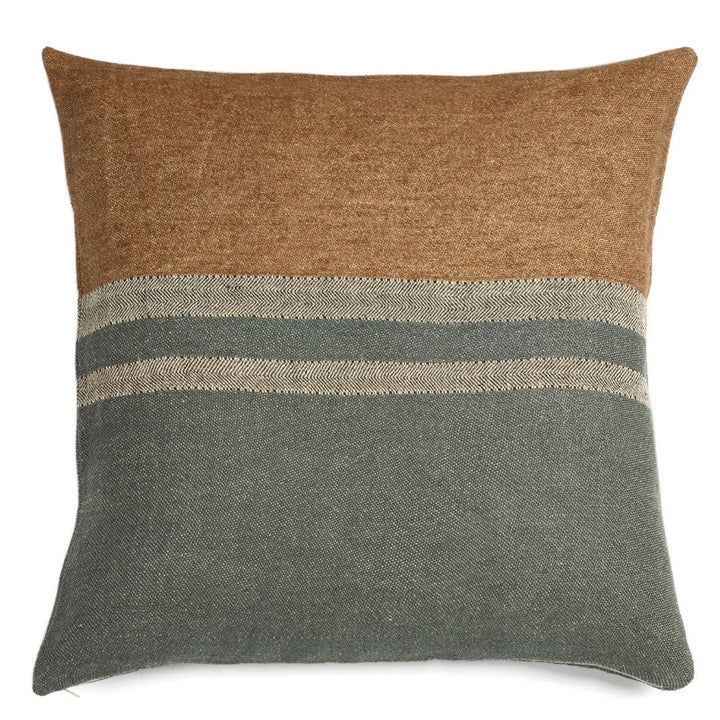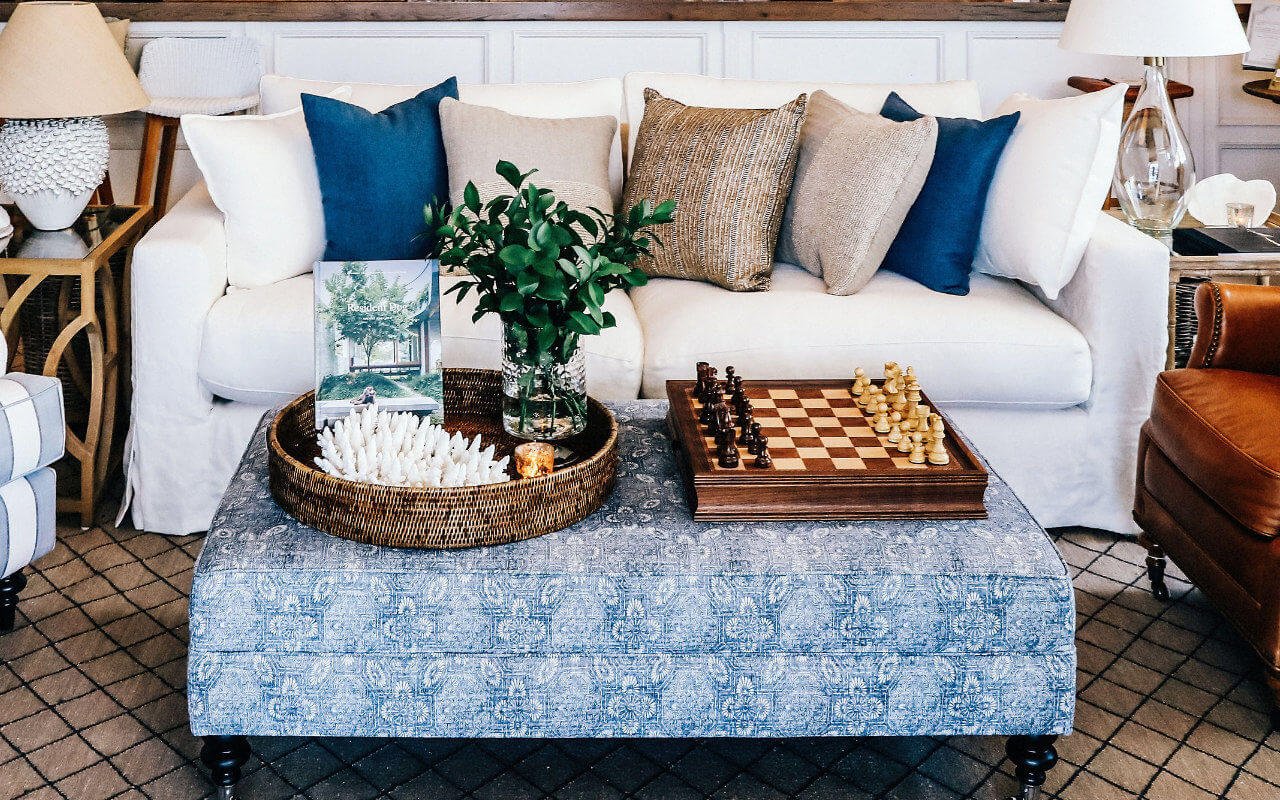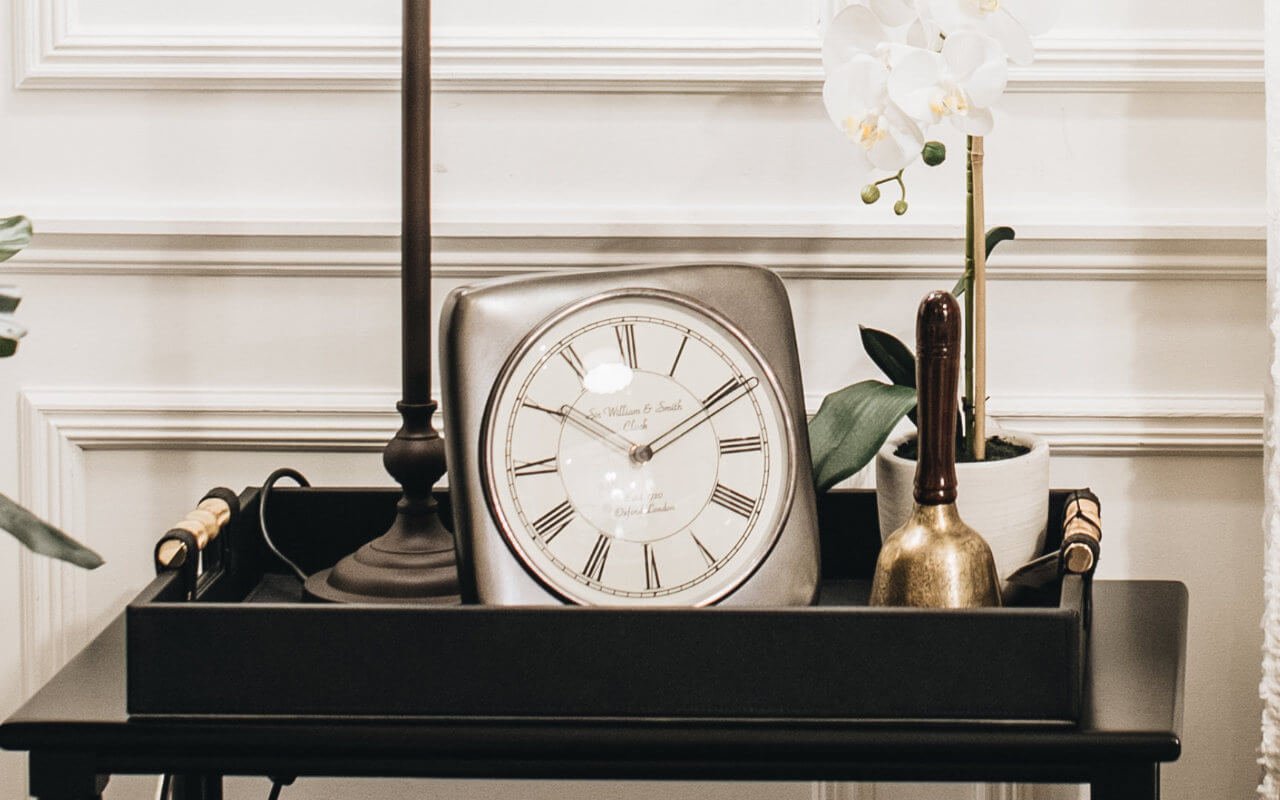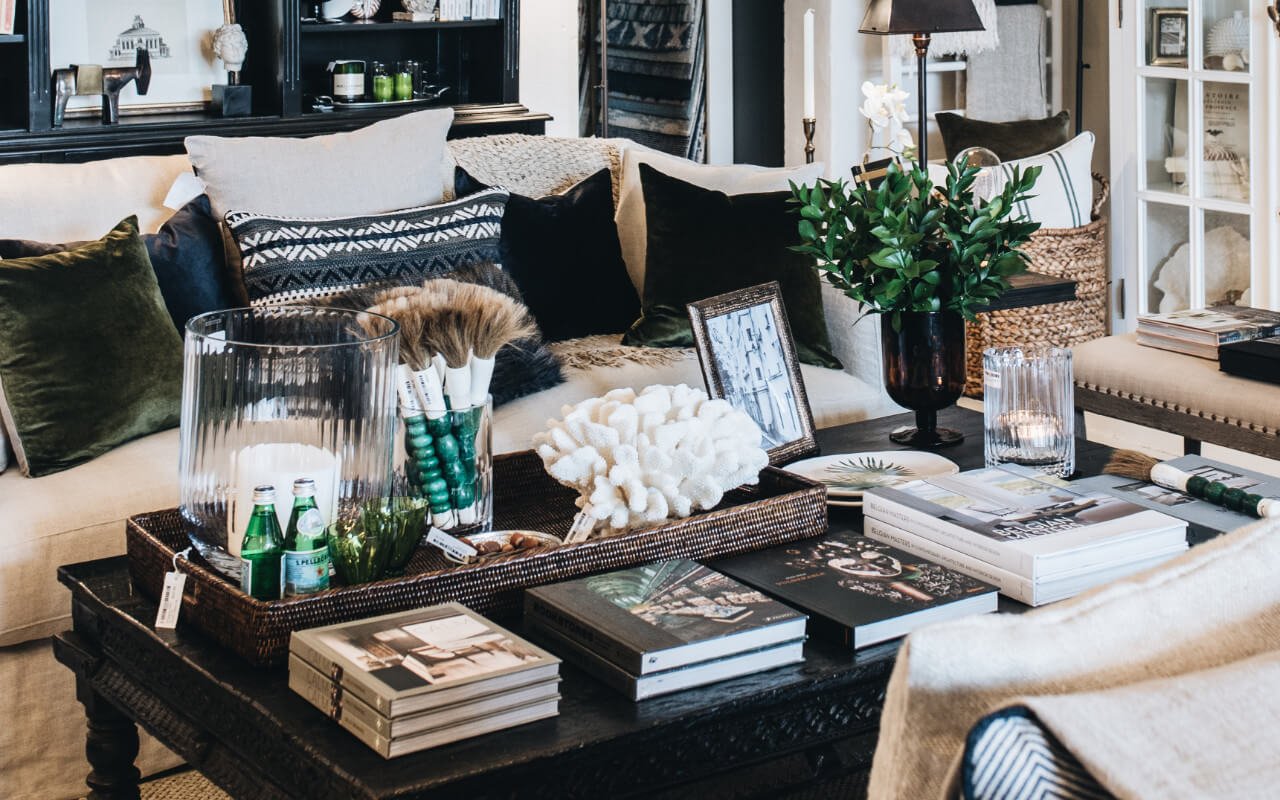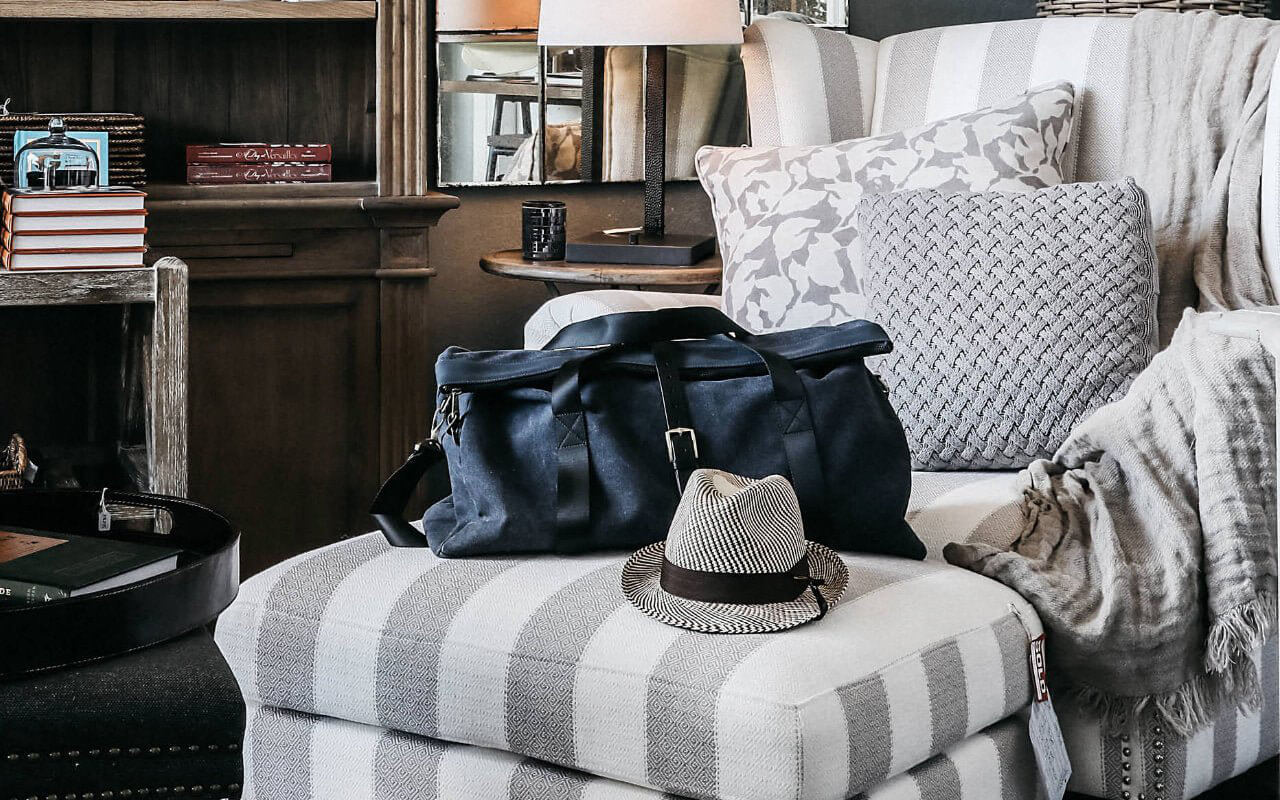What does a connected home mean to you?
In the words of Winston Churchill, “We shape our homes and afterward our homes shape us.”
For as long as we can recall, humans have desired the psychological ambiences of comfort, safety, and togetherness, among others.
Theorists such as Carl Jung have proposed that of all places, the home has a particularly powerful significance as it is a place where a person’s past, present, and future selves can come to life.
The characteristics that distinguish the idea of “home” from merely a place of residence include the desire for connection, privacy, safety, personal identity, and warmth.
The benefits of a connected home include:
- Enhanced relationships
- Improved quality of life and wellbeing
- Positive memories of past experiences
- A sense of belonging
- Stress-relief
- Comfort, safety, and security
- Personal expression
- & freedom and autonomy
So how can these benefits be attained in our homes?
Connected Home Tip No.1
Ask These Questions
The first step is to ask yourself the following questions:
- Does the layout of your living, dining, or bedroom space promote or interfere with a feeling of togetherness?
- Does your home facilitate both personal time & family time?
- Does your home support your needs, lifestyle choices, and personal identity?
It is also important to allow your home to evolve over time and to cater to various life changes, such as living alone for the first time, getting married or separated, having children, or having guests stay more frequently.
Answering these questions will provide insight into whether your home relates to your values and consider whether the layout could be improved to foster connection with friends and family.
Photo Source: Giannetti Home
Photo Source: Suzie Anderson Home
Assess your Needs
The next step is to assess your needs.
One obstacle that can arise in two-or-more person households is differences in needs.
While you may feel more connected in a quiet, calm, and ordered home, another family member may need stimulation, and socialization and enjoy a more maximalist approach to design.
Understanding these differences is crucial, as it allows you to work together to design a space where your individual needs are fulfilled while remaining connected to one another.
We recommend going through each room and deciding on the function of the space, what is important for each of you, and selecting a desired ambience.
Ideas include:
- Calm
- Inviting
- Romantic
- Productive
- Organised
- Family-focused
- & Togetherness

Photo Source: Architectural Digest
Perhaps the dining zone or outdoor patio can become your primary entertaining hub, the bedroom a romantic sanctuary, and the garage or spare bedroom could be repurposed into a private, calm, or creative space to recharge.
For example, if you want to make your bedroom a sanctuary for sleep, rest, and intimacy, start by selecting sensual fabrics for the bed, pillows, curtains, and lampshades. Take it a step further by making it a screen-free zone and keep clutter out of sight.
Look for ways to create intentional zones that will allow everyone in the home to do the activities that are important to them, whether it is a garden shed, a cosy reading nook, a children's playroom, a music room, or a meditation corner!
Photo Source: Kara Childress
Connected Home Tip No.2
The Environment & Your Wellbeing
The third step to creating a connected home is to understand the impact your environment has on your well-being.
Emotion-led design involves eliminating the things in your home that no longer serve you, whilst displaying items, colours, textures, and decor that spark joy.
In other videos, we have spoken about decluttering as a way to create a sense of order, and cohesiveness, but research also shows that highly cluttered spaces can raise cortisol levels, encourage unhealthy habits, and lower overall well-being, so it is important to make this a priority.
Photo Source: Tiffany Leigh Design
Another way to encourage emotional regulation in your environment is through visual, auditory, tactile, olfactory, ambient, and social channels.
This involves displaying your most-loved decor, playing calming music, layering a variety of textures, introducing beautiful fragrances, and indoor plants, customising your temperature and lighting and arranging your space to facilitate social interactions.
Connected Home Tip No.4
The 5 L's
The final step involves bringing all this together with our 5 Ls of styling.
These elements include lighting, layering, and decorating with something loved, something living, and something with lustre.
Mind-body research about healing environments has shown that healthy and visually pleasing environments can even affect your immune system and physical health, so it is important to take the time to connect to what you truly love instead of just adopting the latest trends and design fads.
A connected interior starts with the journey of self-exploration and homing in on your personal style.
As we mentioned earlier, home is a place where your past, present, and future selves can come to life, so you want to design a space that actually allows you to feel like yourself!
Photo Source: Tiffany Leigh Design
For example, infusing living energy throughout your home will improve air quality, reduce stress, enhance visual appeal, and help to connect indoor and outdoor spaces.
A comprehensive lighting design will enable you to customise your light scheme based on your mood, the time of day, and your activity. This involves having a combination of ambient, accent, and lighting task, in addition to candles, smart globes, and dimmer switches.
If you and your partner or family members have different design preferences, we recommend choosing a space where each person gets the freedom to make the decor decisions. Alternatively, consider hiring a professional to help merge your styles together in a unique and complementary way.
For a step-by-step guide to styling, I recommend our
5 L's of styling playlist, which covers the fundamental styling principles that will make any room and interior style feel complete.
Large Round Rattan Tray | Antique Brown

$115.00
Rattan Items Please be aware that rattan is a natural material, so each rattan product is unique. Natural variations are expected and normal, meaning that not all rattan items will have the same colour consistency. You may notice slight differences… read more
The Belgian Pillow Cover | Alouette | 50 x 50cm | Libeco Linen

$220.00
Experience the ultimate in comfort and style with our high-quality pillow covers, designed to elevate your home decor to the next level. Made from the finest materials and crafted with exceptional attention to detail, our pillow covers are the perfect… read more
Connected Home Tip No.5
What does your home communicate?
In the Architecture of Happiness, Alain de Botton states, “What we seek, at the deepest level, is inwardly to resemble, rather than physically to possess, the objects and places that touch us through their beauty.”
The items, colours, and textures you display can be used to express personality, communicate your values, and convey impressions to others.
For example, you may convey the importance of family by displaying photos of your relatives or you may want to communicate your love of travel, with unique decor and mementos.
Displaying these mementos, family heirlooms, or items that symbolise shared experiences may evoke fond memories and enhance connection, through the reminiscing and sharing of stories.
Photo Source: Kara Childress
Photo Source: West of Main Design
Research in the Psychology of home suggests that "some people may use photos of loved ones or other “social snacks” to fend off feelings of loneliness and social isolation." (Gardner, Pickett, & Knowles, 2005). )
This reinforces that certain decor can function as tangible reminders of our connections to others.
For a lived-in feel that conjures feelings of nostalgia, we recommend mixing old and new items. This starts by paying attention to the way an object makes you feel, through its form, authenticity, design, texture, and patina.
I believe it is the juxtaposition of contemporary and modern pieces with older pieces that will help your space feel connected, inviting, and visually appealing.
Lastly, memory can also go further than the recent past, by representing one's lineage or ancestry and creating a place that connects one to the past through their family’s history.
Remember, when designing a home you love, the beauty is in the detail.
Photo Source: Bucca Studios






